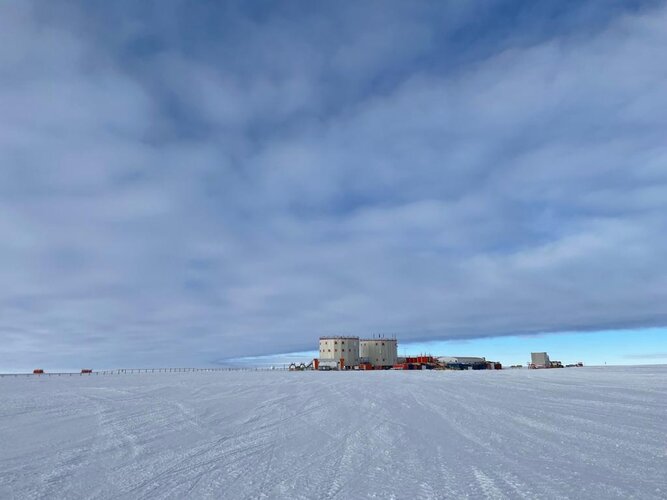
Copernical Team
NASA's Lunar Flashlight SmallSat readies for launch
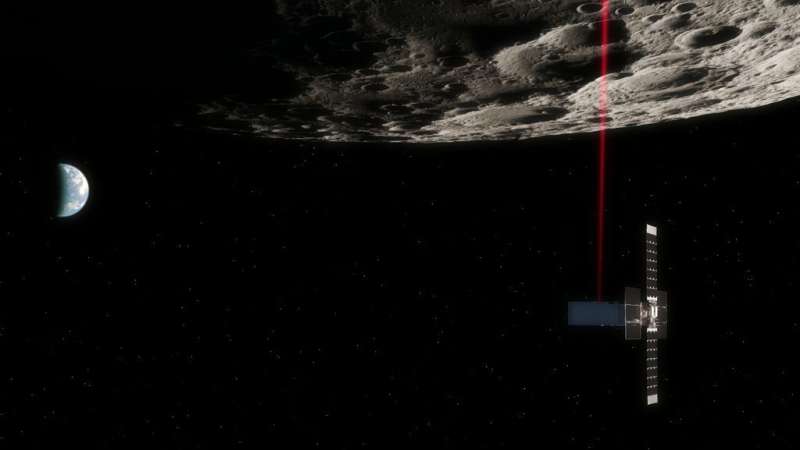
When NASA's Lunar Flashlight launches no earlier than Nov. 30, the tiny satellite will begin a three-month journey, with mission navigators guiding the spacecraft far past the moon. It will then be slowly pulled back by gravity from Earth and the sun before settling into a wide science-gathering orbit to hunt for surface water ice inside dark regions on the moon that haven't seen sunlight in billions of years.
No larger than a briefcase, Lunar Flashlight will use a reflectometer equipped with four lasers that emit near-infrared light in wavelengths readily absorbed by surface water ice. This is the first time that multiple colored lasers will be used to seek out ice inside these dark craters.
3D radargram brings new focus to Mars' north polar cap
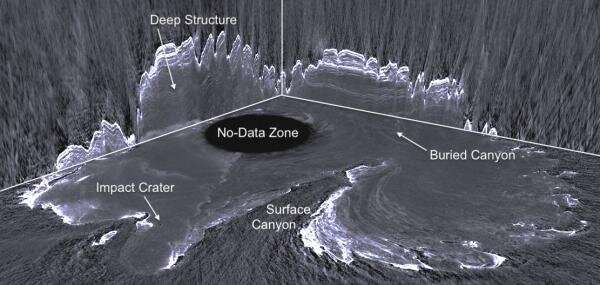
What happened to those CubeSats that were launched with Artemis I?
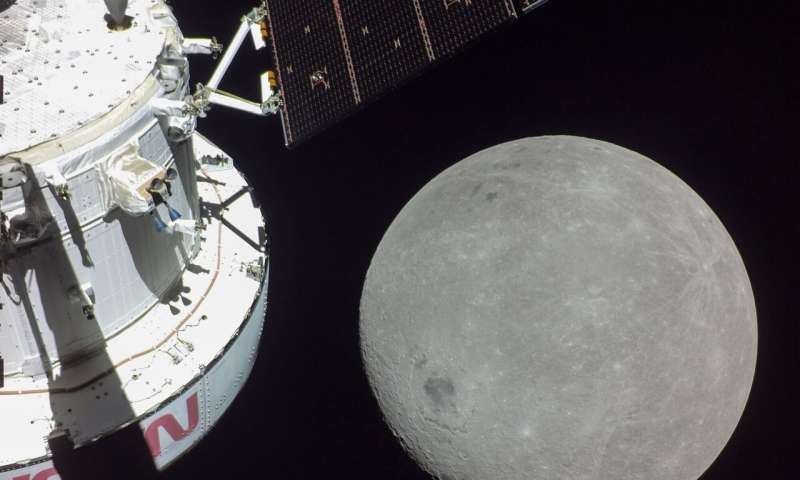
NASA made history on November 16 when the Artemis I mission took off from Launch Complex 39B at Cape Canaveral, Florida, on its way to the moon. This uncrewed mission is testing the capabilities of the Space Launch System (SLS) and Orion spacecraft in preparation for the long-awaited return to the moon in 2025 (the Artemis III mission).
The first SLS launch caused damage to the launch pad. How bad was it?
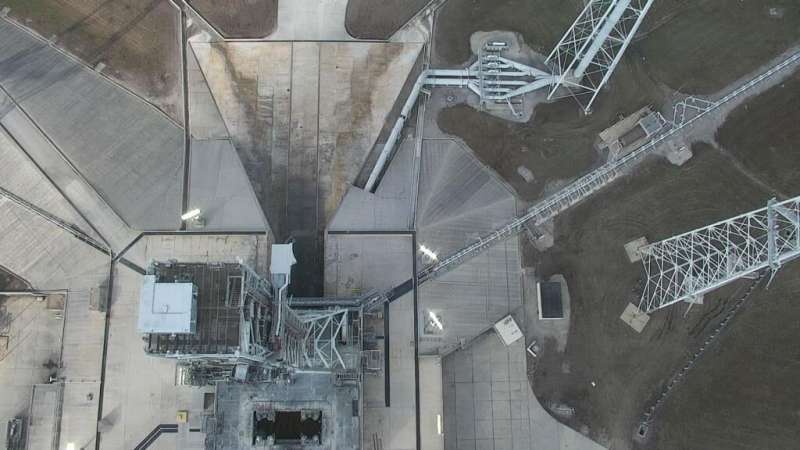
When you test launch the most powerful rocket ever successfully flown, there's bound to be some collateral damage. With 8.8 million pounds of thrust at liftoff, NASA's Space Launch System (SLS) packs a mighty punch (the Saturn V, which carried astronauts to the moon in 1969, produced 7.5 million pounds). After November 16's test flight of SLS, dubbed Artemis I, the pad was a little worse for wear, but not outside of expected parameters, NASA officials say.
"The damage that we did see pertain to really just a couple areas on the 'Zero Deck,'" said Mike Sarafin, Artemis I's mission manager, at a press conference on November 21, referring to the section of the Mobile Launcher Platform that bears the brunt of the rocket engines at liftoff.
Air-breathing ion engines could continuously boost spacecraft anywhere there's an atmosphere
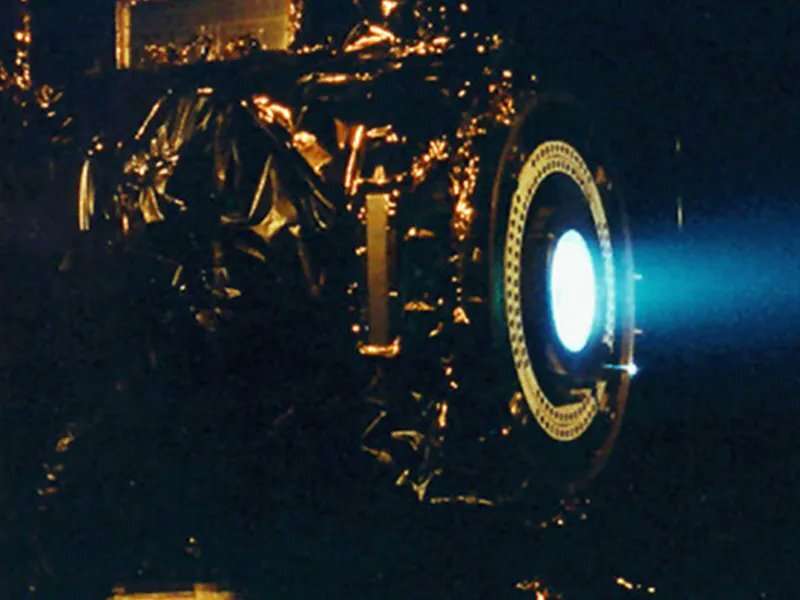
Staying in orbit can be challenging, at least for lower orbits that are more affected by Earth's atmosphere. But, such orbits also come with advantages, such as better vantage points for new commercial operations such as Earth Observation and telecommunications connections. So there is an incentive for anyone who can figure out how to functionally keep a satellite in orbit at those lower altitudes for long periods. One of the best paths toward that goal seems to be an ion engine that takes in atmospheric particles and uses them for thrust. Now, a recently released paper explores potential use cases for such an engine and suggests a path toward their commercialization.
One of the biggest problems with maintaining very low Earth orbit (VLEO) is fuel. At those altitudes, usually considered below 450 km from the surface or about as high as the space station, the atmosphere drags on anything orbiting, which requires a consistent push from an engine to counteract.
SpaceX gives Space Coast 52nd launch of the year
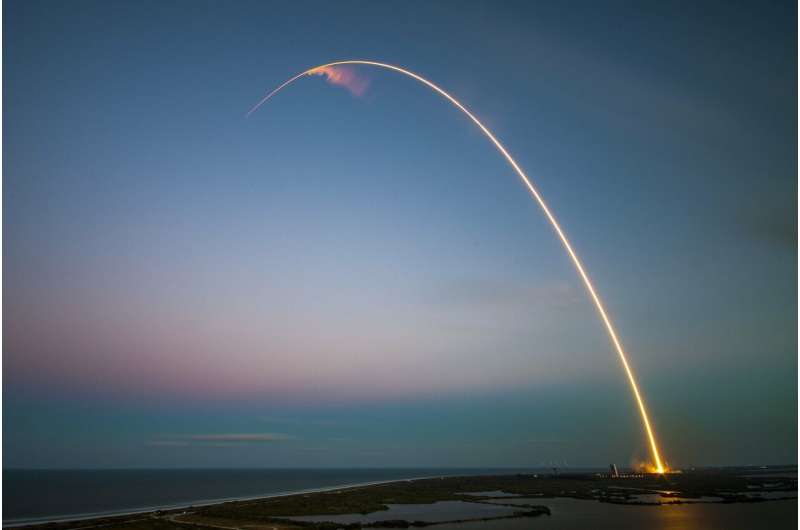
A SpaceX Falcon 9 rocket launched Saturday from Kennedy Space Center on the 52nd successful flight of the year from the Space Coast.
The CRS-26 mission lifted off from Launch Pad 39-A on a resupply run to the International Space Station at 2:20 p.m.
A brand-new cargo Dragon spacecraft is carting up 7,700 pounds of food, scientific investigation and supplies to the station, including a pair of rollout solar arrays to help with power supply.
"Everyone is anxious to see the science kick off as soon as docking occurs," said Jeff Arend with NASA's systems engineering and integration office for the ISS.
That includes a study that will let the ISS crew grow dwarf tomatoes as part of NASA's plans to support long-term human space travel needs. A related investigation called BioNutrients-2 looks to produce on-demand nutrients by using combination of yogurt, a yeast-based beverage, and the fermented milk drink kefir.
Several student-led experiments are making the flight as well, including three payloads supported by central Florida nonprofit SpaceKids Global and the Girl Scouts of Citrus Council. One of those will investigate how brine shrimp, aka sea monkeys, behave in microgravity.
Locked and loaded
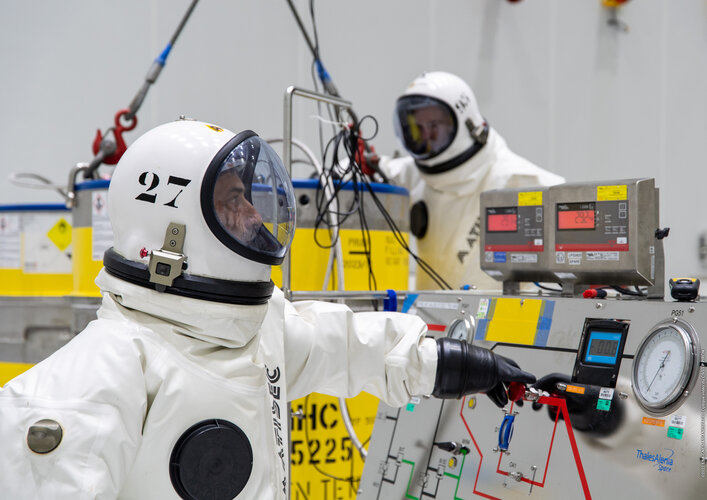
With liftoff now scheduled for 13 December, Europe’s first Meteosat Third Generation Imager (MTG-I1) satellite has been fuelled – a critical and extremely hazardous milestone on the road to launch. Once in geostationary orbit 36,000 km above the equator, this all-new weather satellite will provide state-of-the art observations of Earth’s atmosphere and realtime monitoring of lightning events, taking weather forecasting to the next level.
China rocket taking 3 to space station to blast off Tuesday

Japan missile defense flight test successful
 The Japan Maritime Self-Defense Force (JMSDF) and the United States Missile Defense Agency (MDA) announce the successful completion of a two-week missile defense event incorporating two live fire exercises.
The event, designated Japan Flight Test Mission-07 (JFTM-07) was held in cooperation with the U.S. Navy.
The first live fire event demonstrated a successful engagement of a Standa
The Japan Maritime Self-Defense Force (JMSDF) and the United States Missile Defense Agency (MDA) announce the successful completion of a two-week missile defense event incorporating two live fire exercises.
The event, designated Japan Flight Test Mission-07 (JFTM-07) was held in cooperation with the U.S. Navy.
The first live fire event demonstrated a successful engagement of a Standa 

